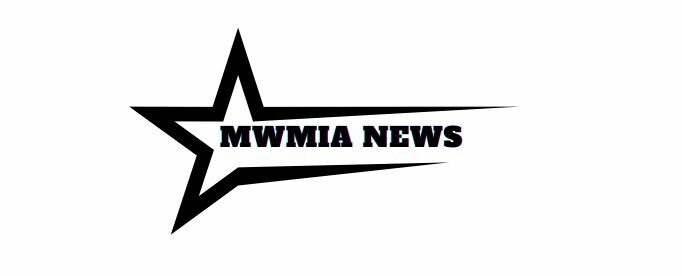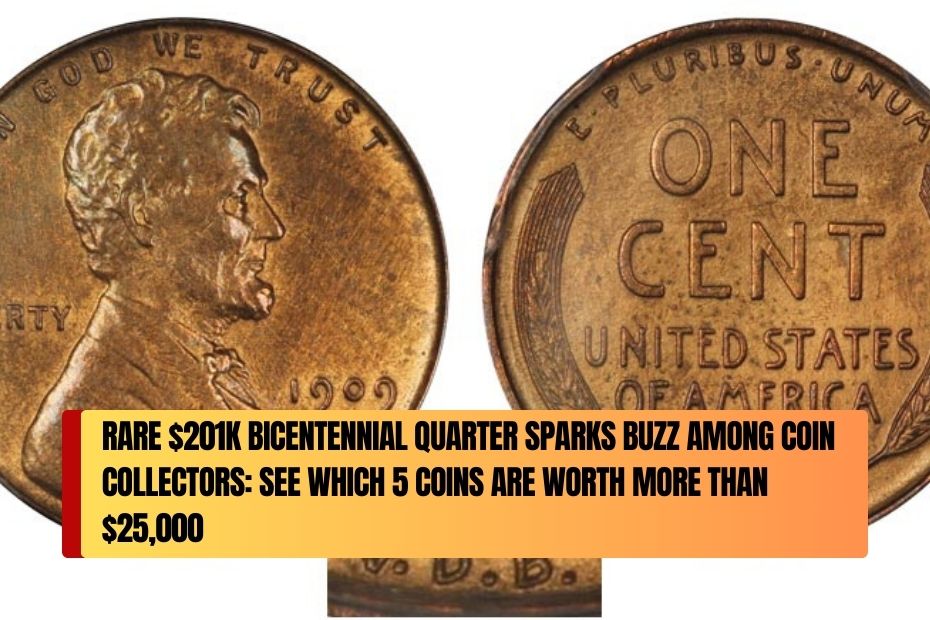Coin collecting is an exciting hobby that can also lead to unexpected profits. Recently, a rare Bicentennial quarter sold for a staggering $201,000, catching the attention of collectors everywhere. In this article, we’ll explore the value of this unique quarter and five other coins that are each worth over $25,000. Let’s dive into what makes these coins so valuable!
The Bicentennial Quarter: What Is It?
The Bicentennial quarter was minted in 1976 to celebrate the 200th birthday of the United States. Unlike the typical quarter, which features George Washington’s face, the Bicentennial quarter displays Independence Hall on the back. This special design was created as part of a set of coins commemorating the nation’s bicentennial, which also included a half dollar and a dollar coin.
Why Is This Coin So Valuable?
Although many Bicentennial quarters were made, not all of them are worth a lot. The quarter that sold for $201,000 had a significant minting error, called a “double die.” This happens when a coin is struck multiple times, causing parts of the design to appear doubled. This mistake makes the coin extremely valuable to collectors.
The Auction Sale
The auction where the rare Bicentennial quarter was sold generated lots of excitement. The high selling price shows how much collectors are willing to pay for coins with unique features or a rich history. Coins with minting errors, in particular, can become highly sought after. This sale has sparked more interest in finding rare and valuable coins.
Five More Valuable Coins Worth Over $25,000
In addition to the rare Bicentennial quarter, there are many other coins that are worth more than $25,000. Check out the table below to learn about five of these valuable coins and what makes them so special:
| Coin Name | Year | Estimated Value | Description |
|---|---|---|---|
| 1909-S V.D.B. Lincoln Penny | 1909 | About $2 million | This penny has only 484,000 minted and features the designer’s initials on the reverse. |
| 1804 Silver Dollar | 1804 | Up to $4 million | Known as the “King of American Coins,” only 15 exist, making it one of the rarest coins in history. |
| 1913 Liberty Head Nickel | 1913 | About $3 million | Only five known to exist, making this nickel one of the most desirable among collectors. |
| 1933 Saint-Gaudens Gold Double Eagle | 1933 | About $7.5 million | Most were melted down during the Great Depression, but a few survived, making them incredibly valuable. |
| 1794 Flowing Hair Silver Dollar | 1794 | About $10 million | Considered the first silver dollar minted by the U.S. government, it’s prized for its rarity and historical significance. |
Conclusion
The sale of the rare Bicentennial quarter for $201,000 highlights how valuable rare coins can be. Other coins, such as the 1909-S V.D.B. Lincoln Penny, 1804 Silver Dollar, 1913 Liberty Head Nickel, 1933 Saint-Gaudens Gold Double Eagle, and 1794 Flowing Hair Silver Dollar, are worth over $25,000, with some reaching even higher values. Coins with minting errors or a significant history tend to become very valuable. Coin collecting can be both a fun hobby and a great way to find hidden treasures that may be worth far more than you expect. If you’re starting a coin collection, make sure to look closely at the details and stories behind each coin—one could be a valuable gem!
FAQ’s
Why is the 1976 Bicentennial quarter worth so much?
The 1976 Bicentennial quarter is valuable due to a rare minting error called a double die, where the design is printed twice. This error makes the coin highly sought after by collectors.
What other coins are worth more than $25,000?
Some coins worth over $25,000 include the 1909-S V.D.B. Lincoln Penny, 1804 Silver Dollar, and 1933 Saint-Gaudens Gold Double Eagle. These coins are rare and have historical significance or minting errors.
How can I tell if my coin is valuable?
To determine if your coin is valuable, check its rarity, condition, and any unique features, such as minting errors. Consulting a professional appraiser is recommended for accurate assessments.

